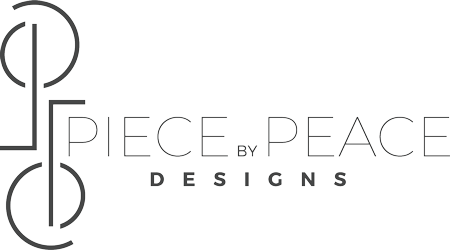(And How to Choose the Right One)
With so many different tile types, textures, and terms flying around, it’s easy to get stuck figuring out which is the best for your space. As an interior designer, I often hear the same questions:
“What’s the difference between ceramic and porcelain?”
“Can I use the same tile on the floor and the wall?”
“What’s best for kitchens? Bathrooms? Outdoor spaces?”
In this blog, I’ll walk you through the most popular types of tile, explain their pros and cons, and help you make the best choice for your home.
1. Ceramic Tile
Think of ceramic tile as the “classic” choice. It’s made from natural clay, baked at high temperatures, and usually coated with a glaze (a thin, colorful layer) that gives it that shiny, finished look.
Best For: Walls, backsplashes, and light-use floors (like powder rooms).
Pros:
- Budget-friendly
- Huge range of colors and patterns
- Easy to clean
Cons:
- Not as durable as some other tiles (especially on heavy-traffic floors)
- Can chip or crack if something heavy falls on it
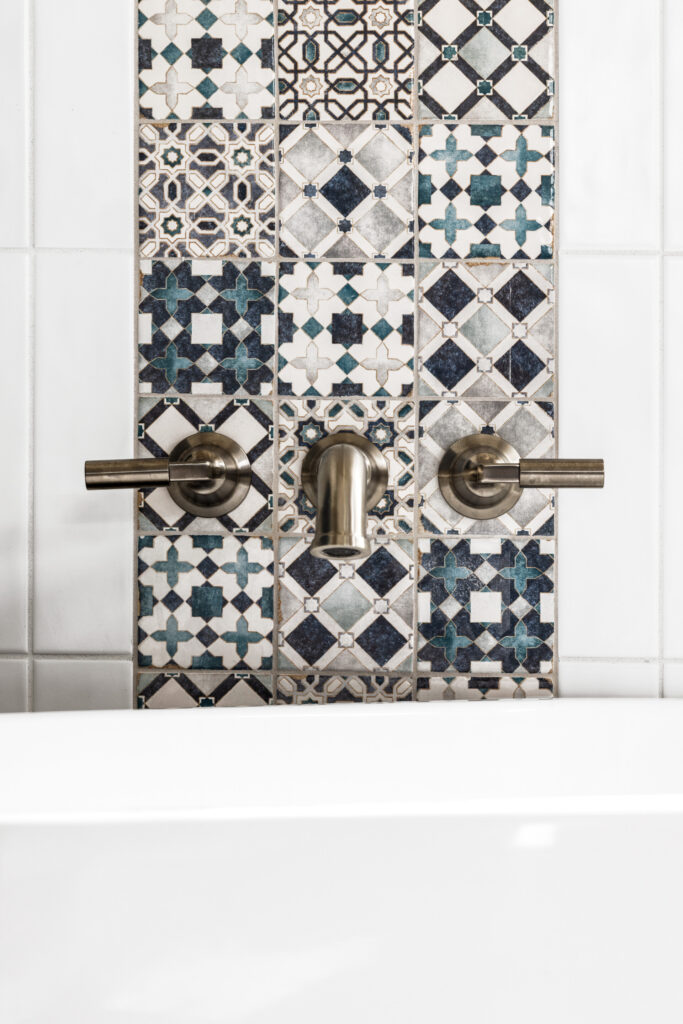
2. Porcelain Tile
Porcelain is basically a tougher, denser cousin of ceramic tile. It’s baked at even higher temperatures, making it harder and less likely to absorb water.
Best For: Floors, kitchens, bathrooms, showers — really anywhere, even outdoors!
Pro Tip: If you want one type of tile throughout a space (walls and floors), porcelain is a strong, versatile choice.
Pros:
- Super durable (great for high-traffic areas)
- Water-resistant (perfect for wet spaces)
- Can mimic natural stone or wood beautifully
Cons:
- Heavier (can make installation trickier)
- Usually a little pricier than ceramic
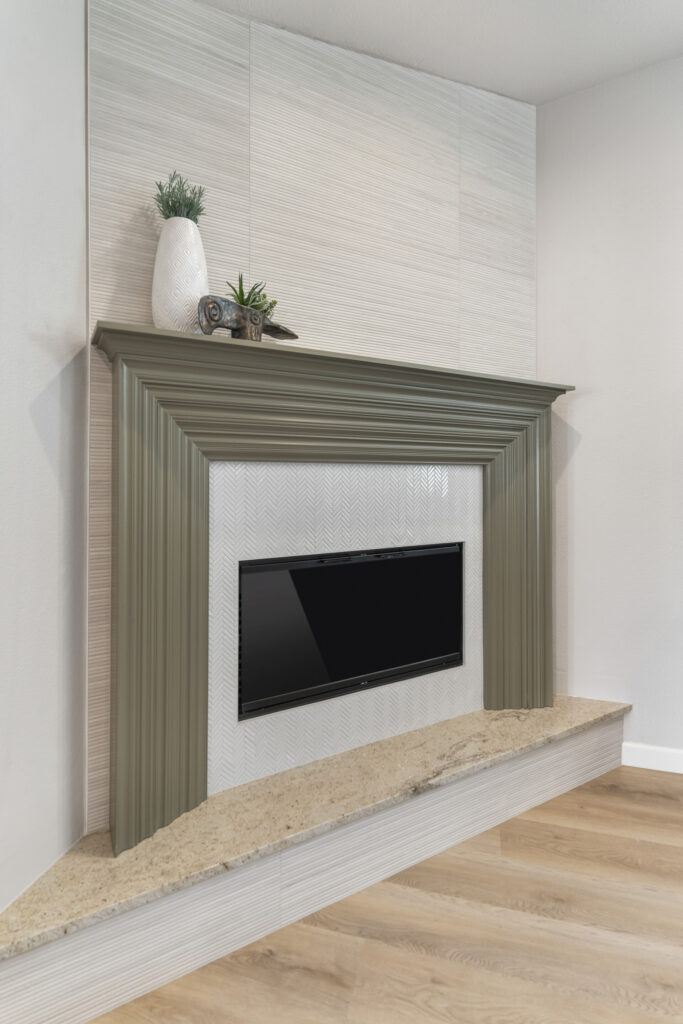
3. Natural Stone Tile (Marble, Travertine, Slate, Granite)
Natural stone tiles are exactly what they sound like — real stone cut into thin tiles. Each piece is unique, which gives spaces a luxurious, earthy feel.
Best For: Bathrooms, foyers, fireplaces, and high-end kitchens.
Heads Up: If you spill red wine or lemon juice on marble and don’t wipe it up quickly, it can leave a permanent mark!
Pros:
- Timeless, high-end look
- Adds natural texture and color variation
- Increases home value
Cons:
- Needs regular sealing to prevent staining
- Can be expensive (both material and installation)
- Softer stones (like marble) can scratch, etch, and/or stain easily
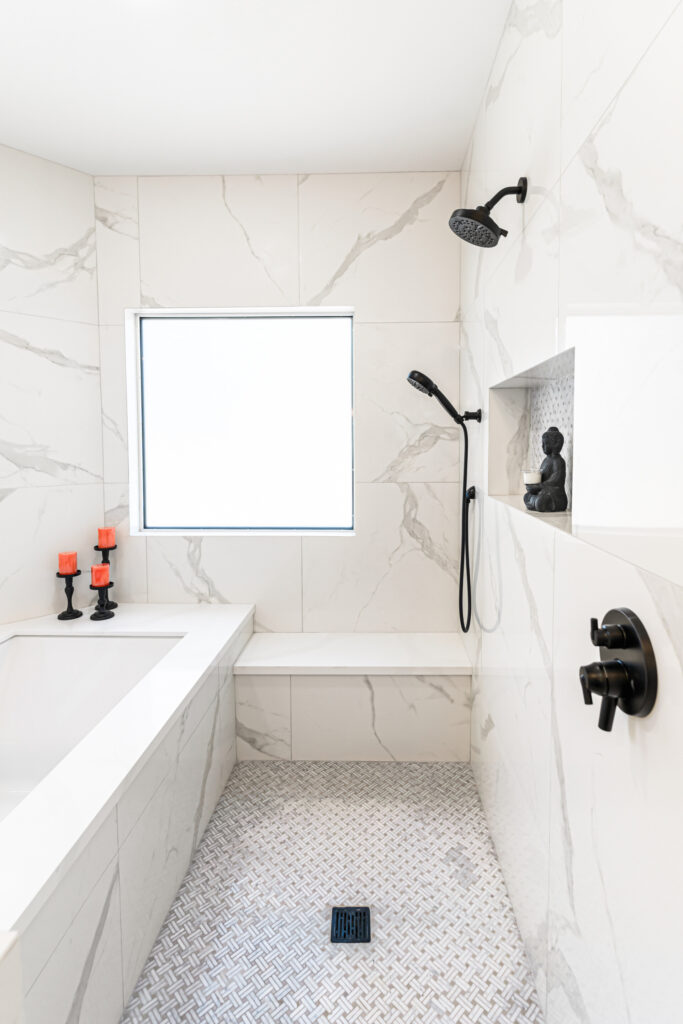
4. Glass Tile
Glass tile is colorful, shiny, and catches the light beautifully. It’s often used in small areas and pools to make a big visual impact.
Best For: Backsplashes, shower walls, decorative accents.
Pros:
- Reflects light, making spaces feel bigger and brighter
- Tons of vibrant colors and finishes
- Water-resistant
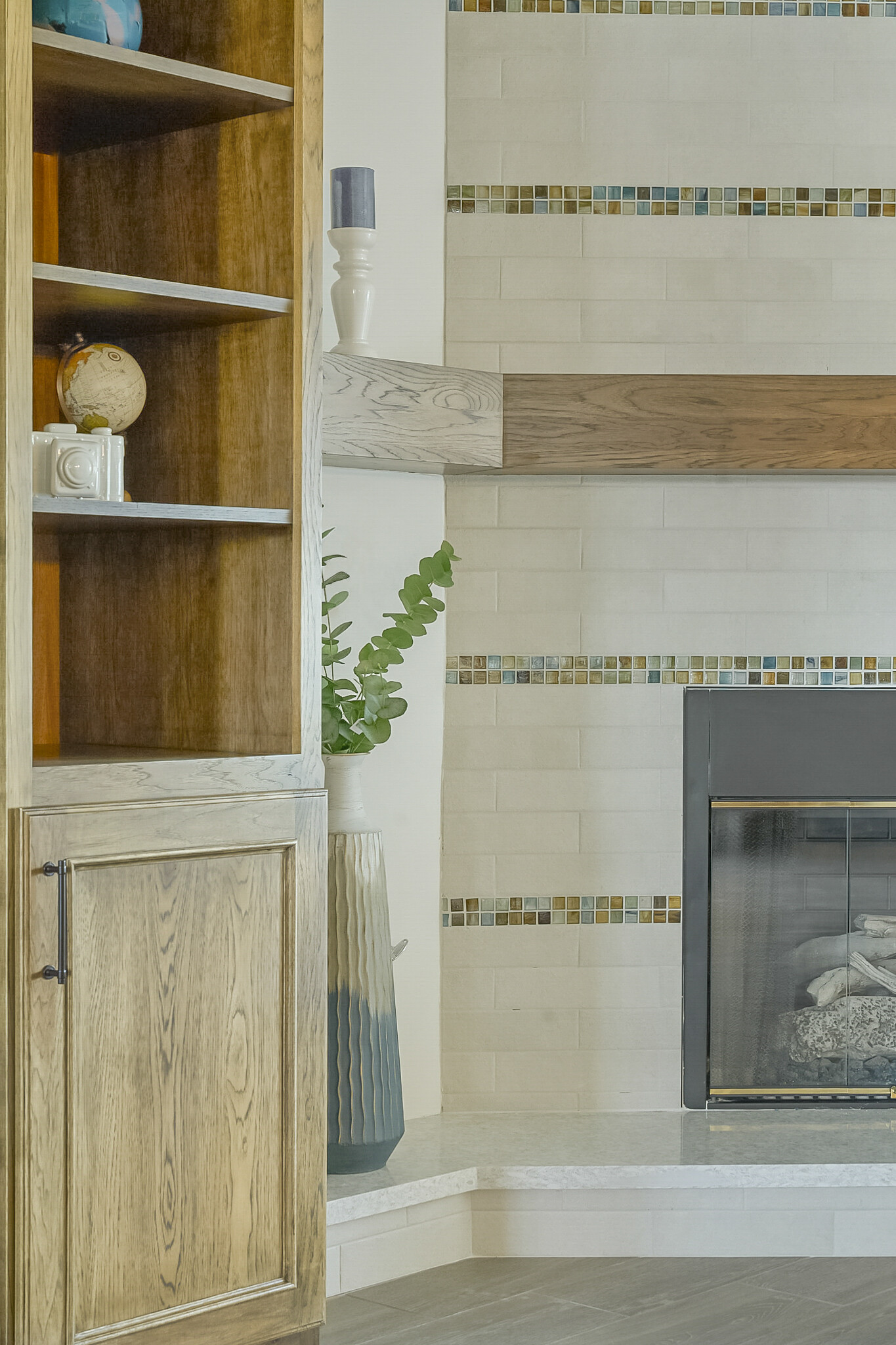
Cons:
- Shows smudges, fingerprints, and water spots easily
- Can be slippery if used on floors
- Higher cost for materials and installation
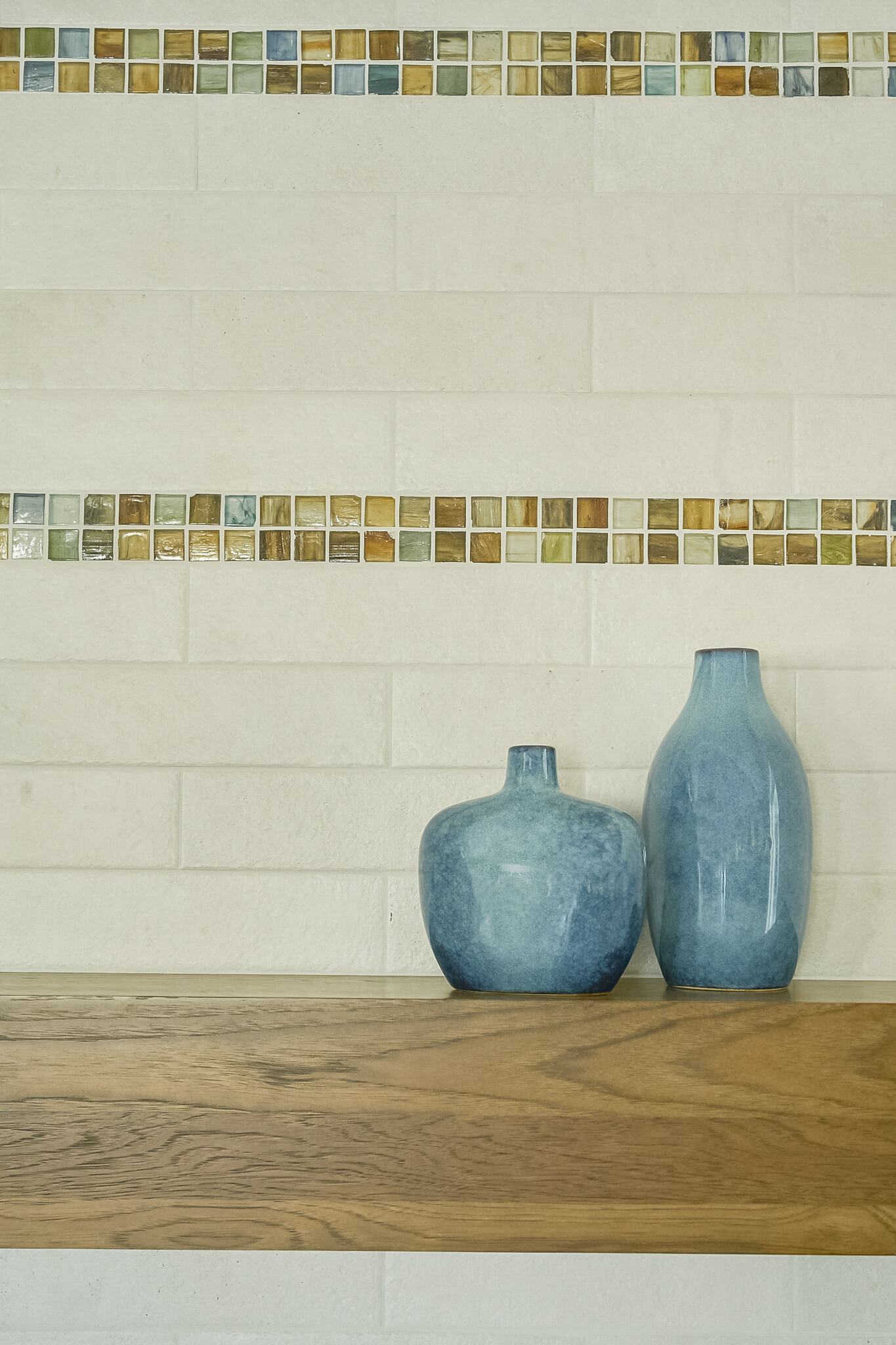
5. Cement and Concrete Tile
Cement and concrete tiles are handmade and famous for bold, colorful patterns. They’re having a major moment in design right now.
Best For: Accent floors, entryways, powder rooms, and statement walls.
Pros:
- Gorgeous, unique designs
- Natural matte (non-shiny) finish
- Durable when properly sealed
Cons:
- Porous (it absorbs water if not sealed)
- Requires regular maintenance to keep looking great
- Can develop a natural “patina” (weathered look) over time, which some people love and others don’t
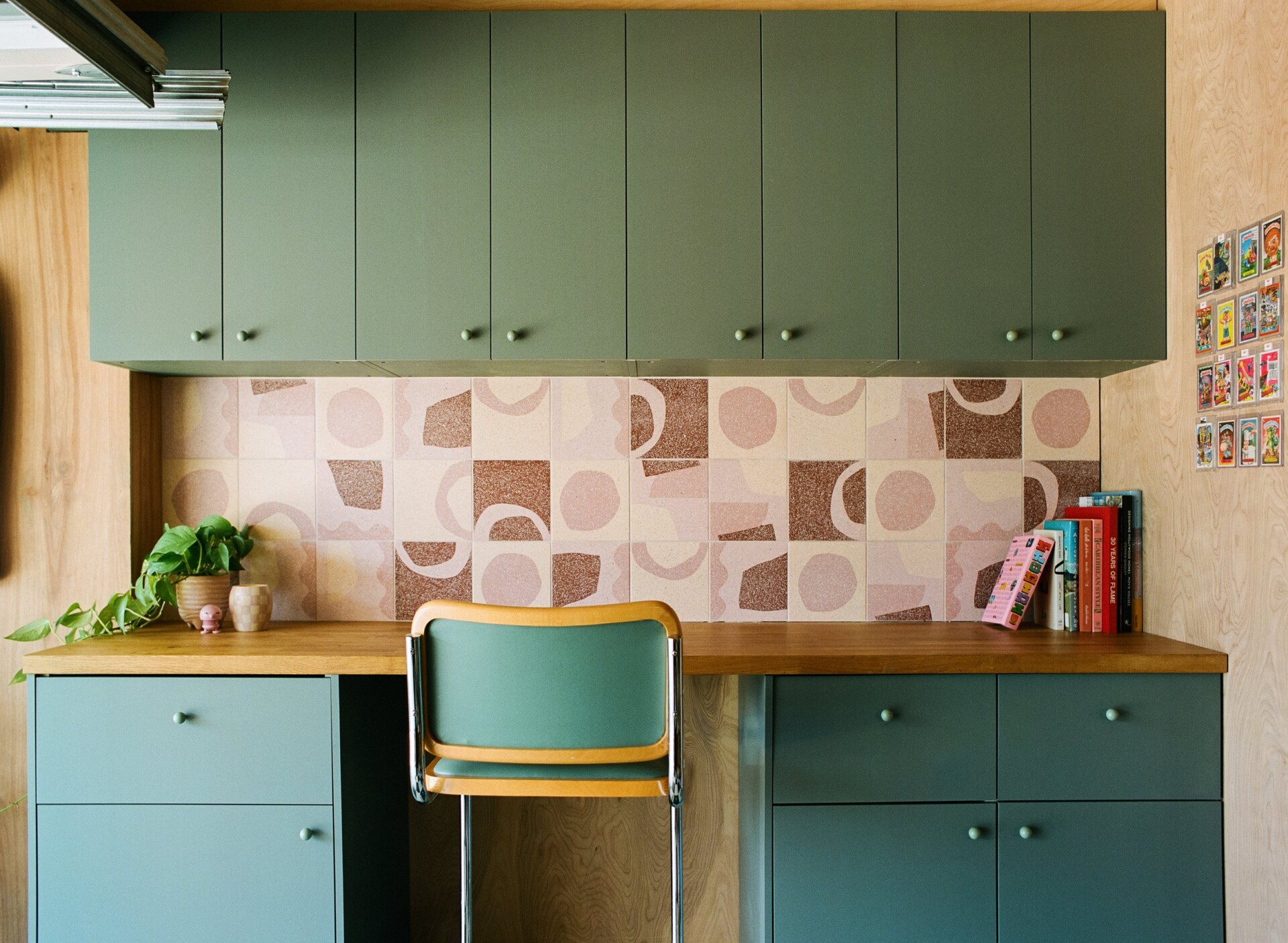
6. Mosaic Tile
Mosaic tiles are tiny tiles (often 1–2 inches) mounted on a sheet for easier installation. They can be made from ceramic, glass, porcelain, or even stone.
Best For: Shower floors (because they provide good traction), backsplashes, small decorative areas.
Pros:
- Great for curves, nooks, and small spaces
- Tons of creative possibilities
- Adds lots of texture
Cons:
- More grout lines to clean
- Installation can be more labor-intensive (lots of small pieces!)
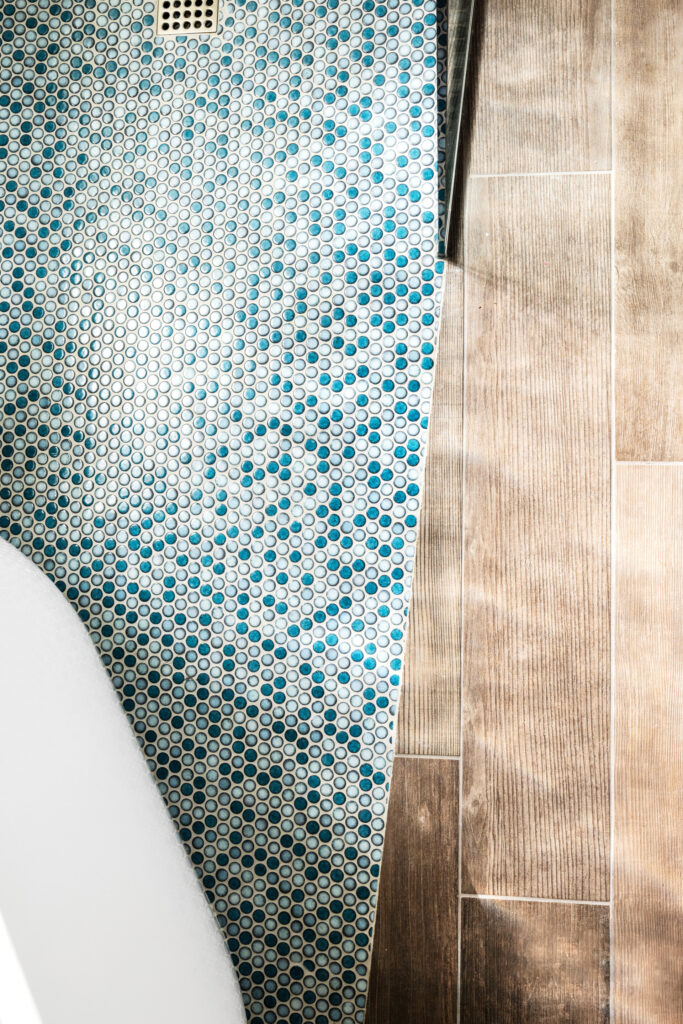
Quick Comparison Chart
Tile Type
Ceramic
Porcelain
Natural Stone
Glass
Cement
Mosaic
Best Used For
Walls, low-traffic floors
Floors, baths, outdoor
Luxury baths, kitchens
Backsplashes, accents
Accent floors, walls
Shower floors, accents
Pros
Affordable, colorful
Tough, water-resistant
Unique beauty
Reflective, colorful
Artistic, bold
Flexible, textured
Cons
Can chip easily
Heavier, pricier
Needs sealing, pricey
Slippery
High maintenance
More grout to clean
Final Thoughts
When picking tile, it’s important to think about:
- Where you’re using it (floor, wall, indoor, outdoor)
- How much wear and tear it will see
- The style you’re aiming for (classic, modern, earthy, colorful)
And remember — sometimes mixing types can give you the best of both worlds! For example, a porcelain floor with a glass mosaic accent can make a stunning bathroom.
If you’re feeling overwhelmed or inspired and want a little expert guidance, I’d love to help you design the perfect space with the perfect tile!
